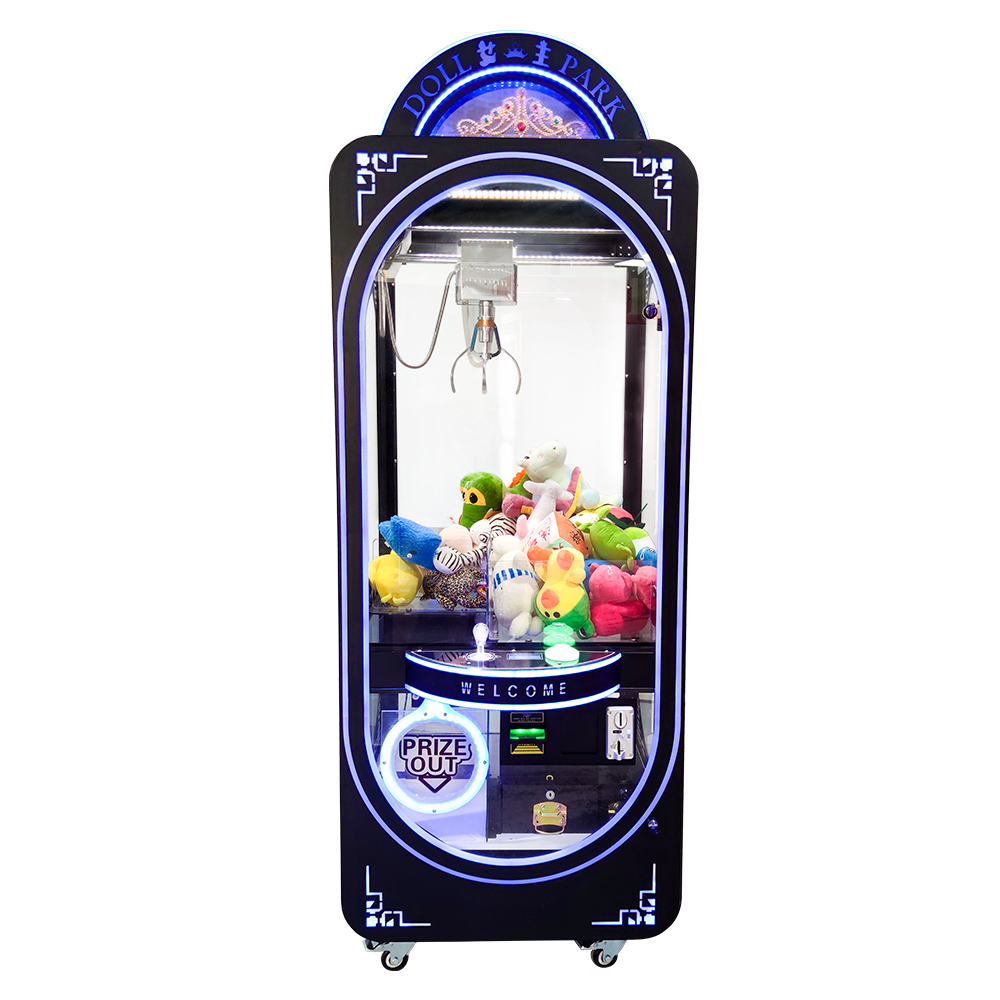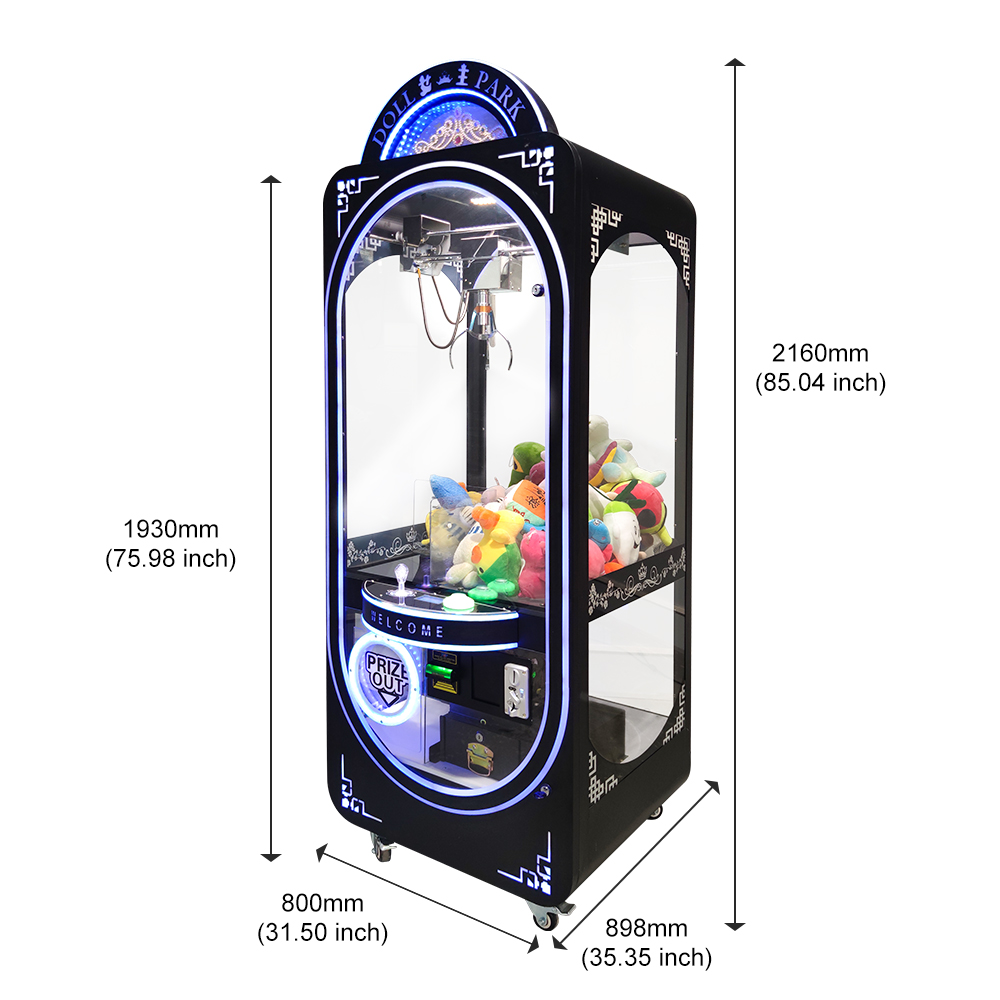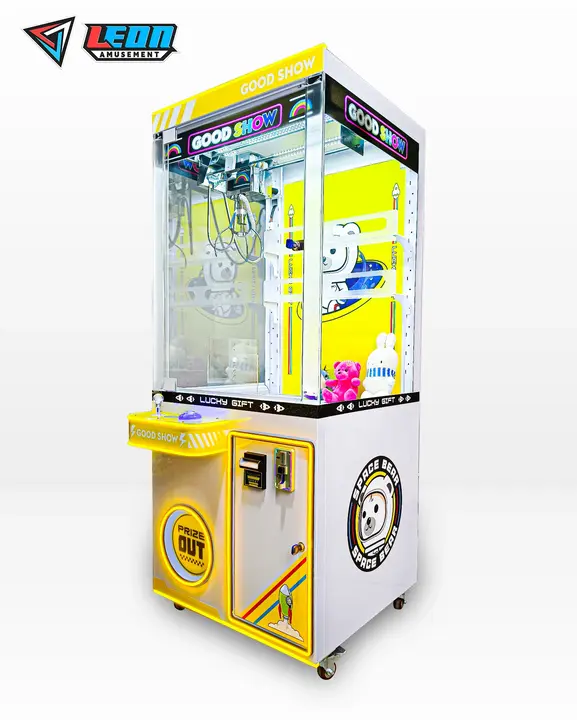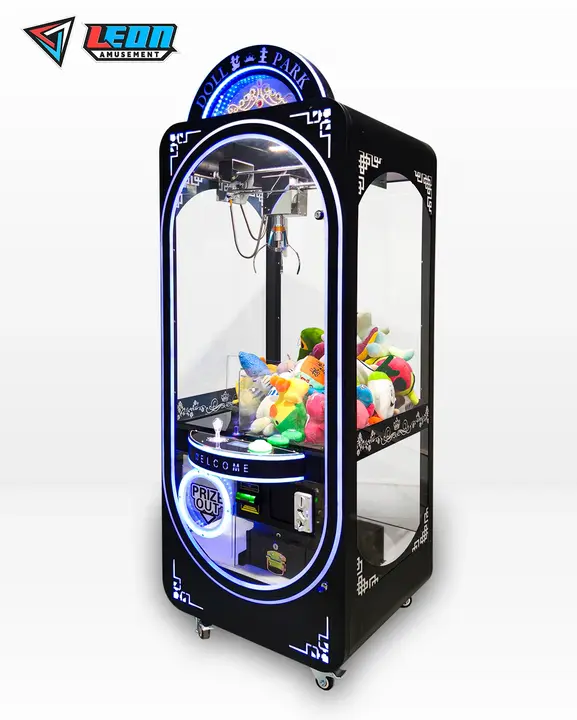Master claw machines with these techniques: practice regularly, choose accessible prizes, use angles, and maintain patience to increase success by 40%.
Table of Contents
ToggleUnderstand the Machine’s Mechanics
Taking time to understand how the claw machine works can considerably improve your chances of winning. To gain this understanding, take the following steps:
Observe the Movements of the Claw
The claw moves in all directions: left, right, forward, backward, and finally down. The distance and speed covered by the claw may vary in different machines. For a few minutes, watch the movement of the claw. A machine with slower, more calculated movements is always more comfortable to win.
Learn the Payout Rate
Most claw machines have a rate programmed into them such that players can only win after a specific number of tries. Take note of games won or try playing the machine for a few rounds. Over time, you will establish a gameplay pattern.
Test the Grip Strength
By nudging the claw gently or watching how it picks some undefined prize, you can tell how it will behave when you attempt using it on a heavy or oddly shaped item. Always look for machines where a consistently tight grip exists as the claw makes its descent.
Identify the Default Position
Every claw machine has a starting position for the claw. Learning where this position is can be highly instrumental in helping you understand how to direct your movements. After several cycles, you will know where the claw resets after every turn, allowing you to suitably position the claw over a potential prize.
Understand the Prize Sensors
Some machines detect whether you have won a prize after every turn. These machines may have various adaptations to this paw response. Knowing these adaptations may help you better understand exactly when the claw will drop a prize off.
Recognize Common Flaws
Finally, know that most claw machines have flaws just like any other kind of machine. These flaws may come in terms of buttons that jam, unresponsive console joysticks, or claws for certain operations. Machines in more pristine condition also tend to be more reliable and fair in their play.
Practice on Multiple Machines
Different machines have different settings as we have briefly looked at above. For a better understanding, always try your hand on multiple machines to get a general understanding. Any kind of experience that you get from practicing will make you better equipped to understand what kind of machines offer better chances of winning.

Target the Right Prizes
How does selecting the appropriate prize benefit the gambler’s balance? The gambler can also significantly increase his overall performance; all he has to do is follow some basic rules when selecting which ones to aim for:
Prizes That Are Near the Machine
These are much easier to grab because the claw doesn’t have to travel nearly as far to get the prize. Choose an entity that is positioned near the chute and in such a way that no additional problems occur when taking it.
Prizes That Are Well Accessible
These types of entities do not have to be considered, but the ones that are covered by other entities perceived by an observer as “easier.”
Prizes That Lie on Their Bottoms
If the design of the entity allows you to put other entities on top without much resistance, the entities that the robot crane discovers and takes do not consider unnecessary entities.
Impossible Entities to Grab Other Entities
Prizes located on the top of the pile; this slot is a rather tricky one, and the rest of the pick, from the top of the pile, may be enough.
Use Angles to Your Advantage
Utilizing the right angles can significantly improve your claw machine success. By looking at the machine from different viewpoints, you can make precise adjustments that ensure the claw grabs onto the prize. The right angle can help you:
View from the Front
When you start playing, stand directly in front of the machine. By doing this, you get a straightforward view of the precise location of the prize in consideration with the claw. Make sure that the claw is not placed way to one side but right in the center of the prize. This will help you achieve perfect positioning at the beginning.
Check from the Side
After the frontal angle, move to the side of the machine. This allows you to gauge the distance and depth between the target’s top and the claw. Combining the frontal and side views can help you establish that the claw is appropriately positioned in the middle of the machine targeting the prize.
Use Claw’s Shadow
Alignment can be improved by using the claw’s shadow as a reference. This is mainly applicable when playing on a machine that requires additional lighting. Observe where the shadow on the claw is cast to make minute adjustments.
Adjust for Prize Size and Shape
Different prizes require different alignment for a perfect grip. For example, a very flat and large item may require a claw that grips more slightly to prevent slipping. If the prize is small and irregular, allow the claw to grip into a part with the most grip.
Practice Timing with Angles
The claw’s movement timing is essential from all perspectives. Do small drop tests from various angles to see how it falls. This practice will allow you to anticipate the claw’s vertical alignment and make adjustments to the claw when playing.
Observe Other Players
Watch what angles other players are using successfully. Note where successful players are located and the angle at which they are playing with the claw.
Make Small Adjustments
Moving one step backward can be the difference. If the claw misses the prize, make slight adjustments from right to left or front to back. Randomly use the angle from the corner until the claw grabs the prize securely.

Practice and Patience
As in the case of any skill, practice and patience are key to improving your claw machine skills. Over time, you will master it, and every time you make an attempt is a chance to practice and hone your technique. Thus, here is how you can practice effectively and develop patience:
Frequent Practice
Regularly spend time practicing on various claw machines. The more you do it, the more you familiarize yourself with different devices and their features. Try to practice at least 30 minutes per week playing on different machines to understand how and when they pay out.
Technique Matters
While practicing, pay close attention to the technique. Observe your position, timing, and movements with the joystick. The more you repeat these actions, the more muscle memory you develop and the steadier and more automatic your movements become.
Analyze
After each attempt, analyze where you have succeeded and failed. Did your prize, in the end, was misaligned? Was the timing incorrect? Record your observations so you can re-evaluate later by making notes in a small notebook or on your phone.
Small Goals
Focus on small targets during every practice session. You may want to grab a prize within 10 tries on one machine and work on aligning your claw on another. Setting small, achievable goals keeps you inspired and allows you to grow.
Learn From Mistakes
Make your failures your best tutors. Each failed attempt teaches you something. Understand what went wrong, why it didn’t work out, and how you’ll address the specific case next time. This mindset contributes to resilience and personal growth.
Patience
Patience will help you master claw machines. Not every attempt will end with success, but that’s fine. Do not get frustrated or disheartened. The more relaxed and composed you are, the easier it is to focus and formulate the next strategy.
Watch Tutorials and Other People
Get some inspiration by watching tutorials or watching experienced players. Check YouTube for claw machine tips and strategies as many experts are eager to share their knowledge. This will help you learn new techniques and gain additional know-how to put into practice.



